The stitcher’s journey is special.
When you pick up that needle, you’re on an adventure that’s unique to you. No-one but you has trodden your path. Although your fellow stitchers are alongside you, your journey is your very own.
And that’s exciting.
Maybe your stitching journey is a quest. You’re seeking ways to find your own unique creative voice.
Maybe you’re an explorer, making mental maps as you make marks, searching for the techniques that express the real you best.
Maybe your stitching journey is fuelled by pure enjoyment and the satisfaction of making.
Whatever your motivation, being creative is joyful. But it’s not always easy.
Sometimes you might feel lost in the wilderness or stumbling about without a map. Other times, there are just too many paths to choose, or no path at all. You’ll face roadblocks, obstacles and setbacks.
When you’re new to stitching, you may mistake a lack of experience for a lack of creative talent – and that’s no good for confidence.
As you become more practised, you may find that, yes, you’ve a marvellous array of techniques under your belt, but how far can you go with them?
Or perhaps you feel that your voice has become stale, and that the work you’re producing doesn’t excite you anymore.
All this is ok.
It’s normal.
Roadblocks are just part of the journey, whatever stage you’re at. And by tackling what’s holding you back, you can make exponential progress.
After all, as famous Stoic Marcus Aurelius says, the obstacle IS the way. And where there’s an obstacle, there’s a way.
So, let’s find the way. Let’s explore the stages of the stitcher’s journey, discover where you are at this moment and how you might overcome some of the most common obstacles preventing you from making the most of your creativity.
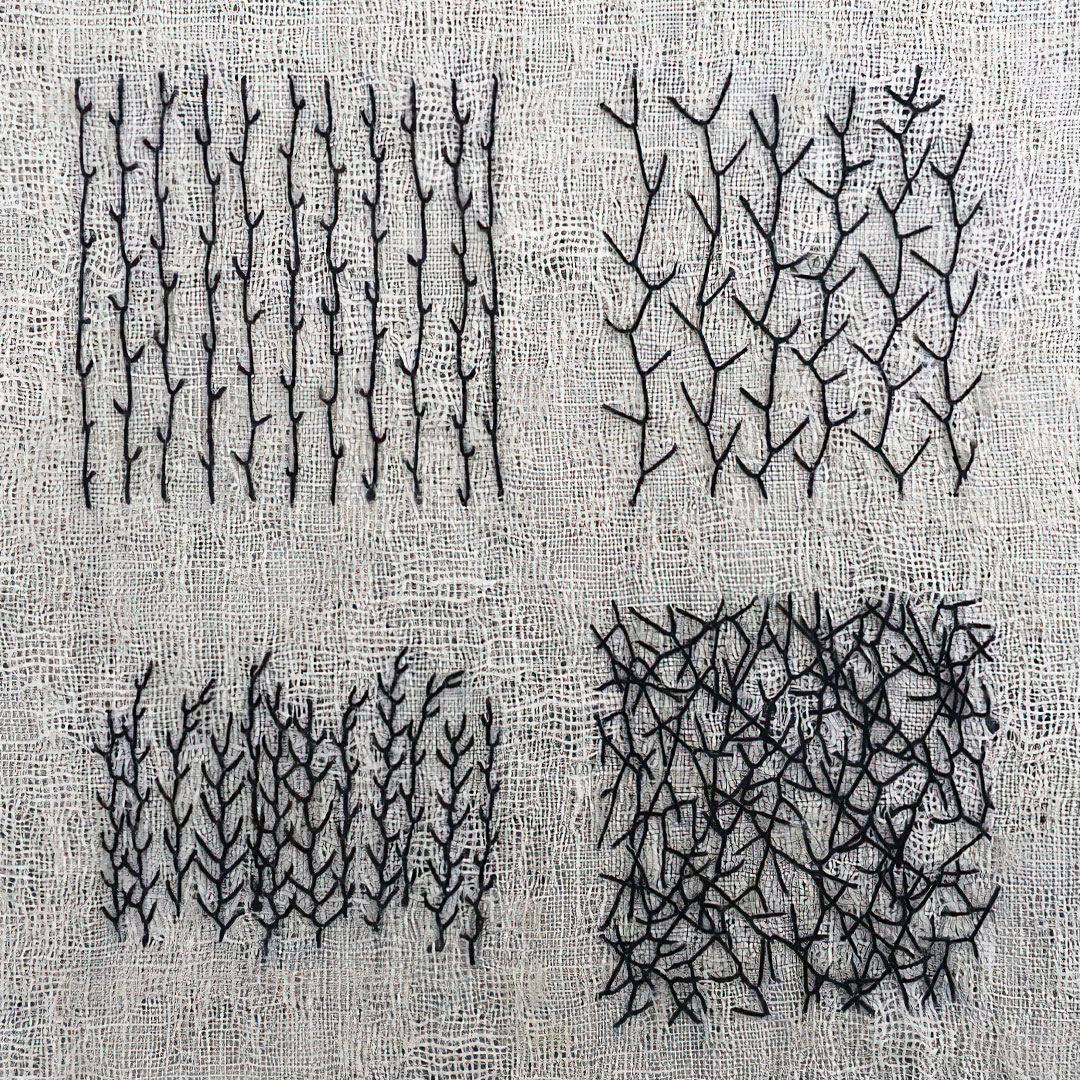
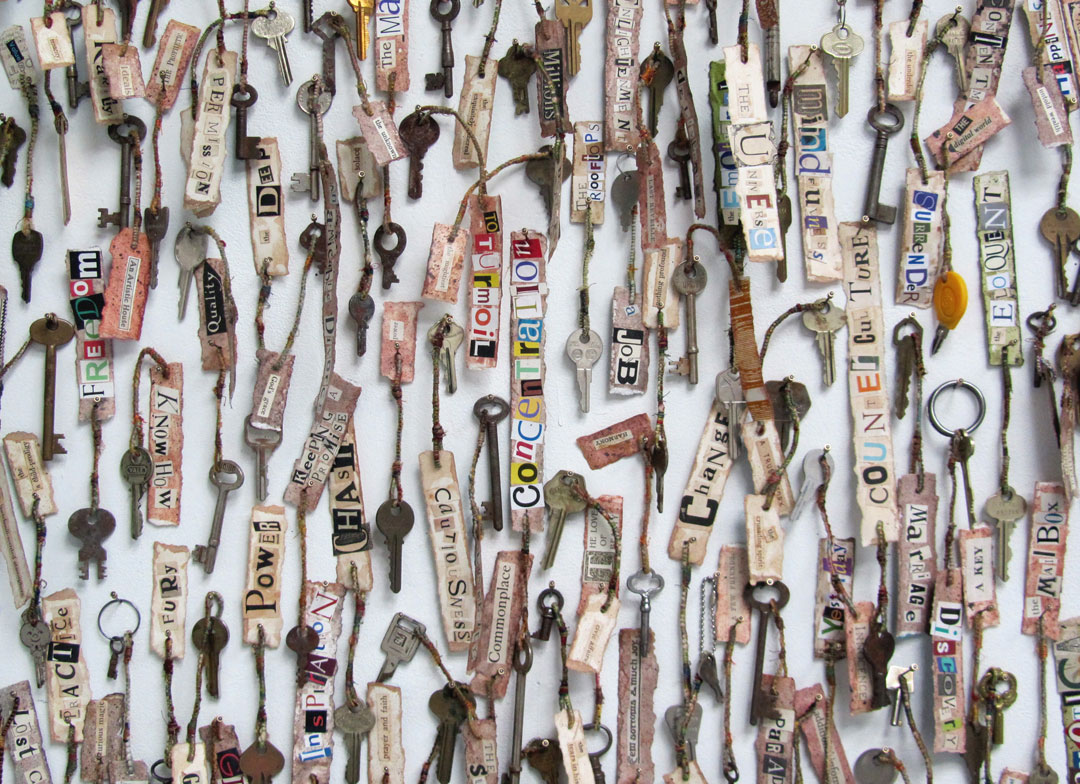
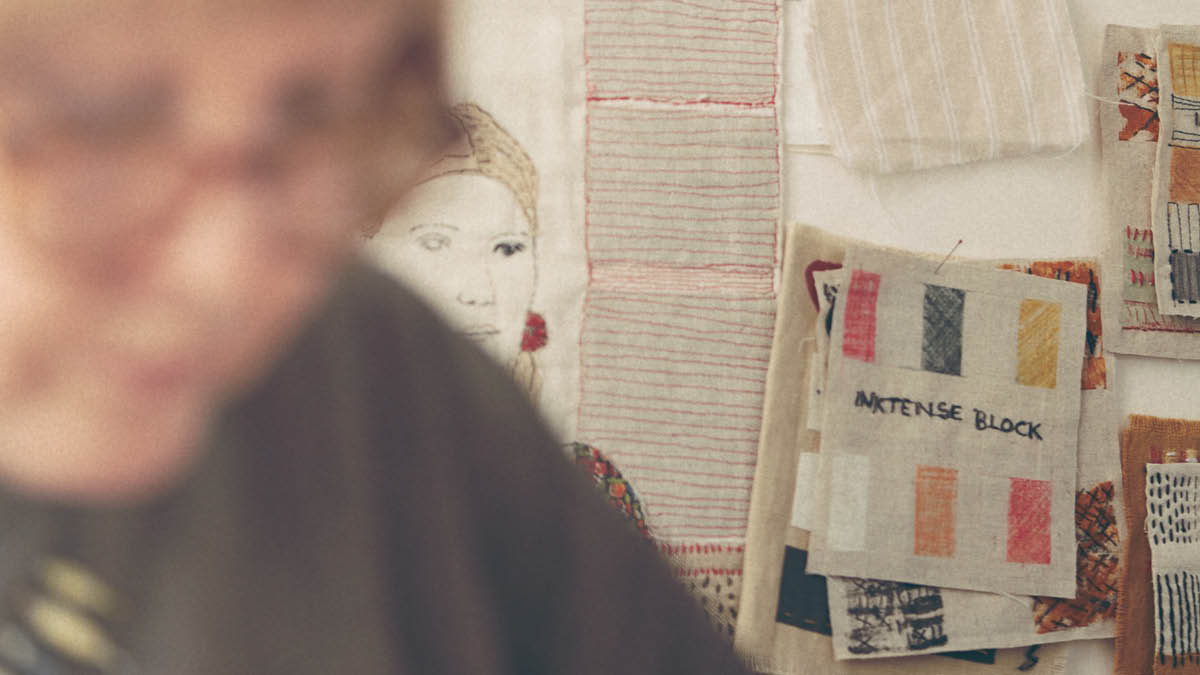
Stage 1: Starting out
When you’re at the beginning of your creative journey, it’s a great joy (and very useful) to be inspired by others.
If it’s your not-so-guilty pleasure to spend hours browsing, collecting and curating awe-inspiring stitching, then you’ll know the draw of fiber and yarn.
Perhaps you become enraptured in yarn shops, hypnotised by the colours and textures and possibilities at your fingertips. Perhaps your bookshelves are overflowing with ALL the stitching books.
So, why is it so hard to start creating something of your own?
Maybe you feel there’s just not enough time. Maybe life gets in the way, and making space for yourself in your schedule feels selfish.
But now is the time to revel in the joy of the beginner’s mind. Creativity is life and here’s where you start your journey (although your bookshelves have made a start for you). It’s wonderful to be inspired by others, but it’s even better to be inspired by yourself.
You’re a blank slate and there’s everything to explore. Try:
Starting small
Keep in mind the wisdom of the Chinese proverb “a journey of a thousand miles begins with a single step’. Make that step tiny. Take baby steps. Start small and be proud of making anything at all.
Keep your work small, but so, too, your expectations. Ditch any ‘right first time’ attitude. Don’t expect a traditional ‘masterpiece’ but celebrate because you’ve taken the first step on your creative journey.
So what if what you make is wonky, weird or wacky? You can bet that it’s original.
Starting where you are
Making time for stitching doesn’t mean devoting a gazillion hours a week to it. It means keeping a promise to yourself to spend a manageable amount of time learning, creating and developing your creative voice regularly. Five minutes a week is better than zero minutes a week. Ten minutes is even better.
Ask Heidi. Because of a chronic illness, Heidi can only stitch for about ten minutes a day and not every day. She says:
“It’s amazing how even just ten minutes of stitching makes such a difference. It really is my favourite part of the day.”
This is your time, time for yourself to explore your own creative landscape. The power lies in starting where you are, with what you’ve got.
“ I can do handwork for no other reason than to just enjoy myself and have fun. I’ve rediscovered my excitement in something that I’ve always loved but had lost its way. The only limits are the ones I put on myself.”
Linda Page, TextileArtist.org Stitch Club member
Stage 2: Building confidence
So, you’ve started stitching and you’re enjoying it, but sometimes, just sometimes, you feel out of your depth.
Perhaps you feel disappointed in your work once too often. Maybe you feel that being naturally creative is for others, not for you. Perhaps you’ve never forgotten that one, cutting sentence uttered by a careless teacher or insensitive parent: “You’ll never be creative.”
If you feel that you’re not naturally creative and that you’ll never be a Picasso, well, Picasso will never be a you. And that’s a good thing.
You were born with a unique blend of natural strengths and since then you’ve lived a lifetime of experiences. You have a will to discover what you’re made of and what you’re capable of. That’s a powerful creative motor.
Not all of us have the potential to be a natural creative genius, but all of us have the potential to be naturally creative.
Look back on your life. Were you ever given the opportunity to be creative? Were you ever encouraged, nurtured, taught? Have you ever been shown how to flourish?
Now’s the time to say goodbye to that unhelpful “I’m not naturally creative” mindset and start discovering where your creativity lies.
Use it or lose it
Just as your body gets stronger when you exercise, your creativity strengthens when you take it for a metaphorical run. It needs regular exercise. Creativity develops with regular practice.
Don’t wait until you’re motivated to start your practice because, some days, motivation doesn’t come. Borrow from James Clear’s ideas on habit:
- Make it obvious: keep your stuff out, ready to go.
- Make it easy: limit your practice time, to start with.
- Make it attractive: create rituals around your practice – prepare a good coffee or sit yourself down in your favourite chair.
Your habit of creative practice will gather momentum. You’ll start making discoveries about what you want to create and explore further, leading to more exploration and more creativity.
“Be regular and orderly in your life, so that you may be violent and original in your work.”
Gustave Flaubert
Multi-award winning textile artist Susan Lenz used to work a day job. Instead of using her limited spare time to stitch, she wasted energy feeling resentful. It wasn’t until she set aside time to explore her practice that she started to feel happier and more fulfilled.
Don’t go it alone
Solitude and time can be important for your creative process, but sometimes, when your creative energy slows or you feel stuck, a community is just what you need. The energy and support from other stitchers on a similar path can invigorate you.
“Seeing how other artists work and the techniques they use gets me thinking outside of what I would normally do.”
Pamela Bristow, TextileArtist.org Stitch Club member.
Borrowing an idea that attracts you is a great starting point – it’s not copying, because whatever you create can never be the same as the original, and chances are you’ll go off on your own creative adventure from that starting point.
“An artist is but a collector of great ideas and a master of remixing.”
Austin Kleon, author of Steal Like An Artist
Find a sense of belonging in an online community or in your local community.
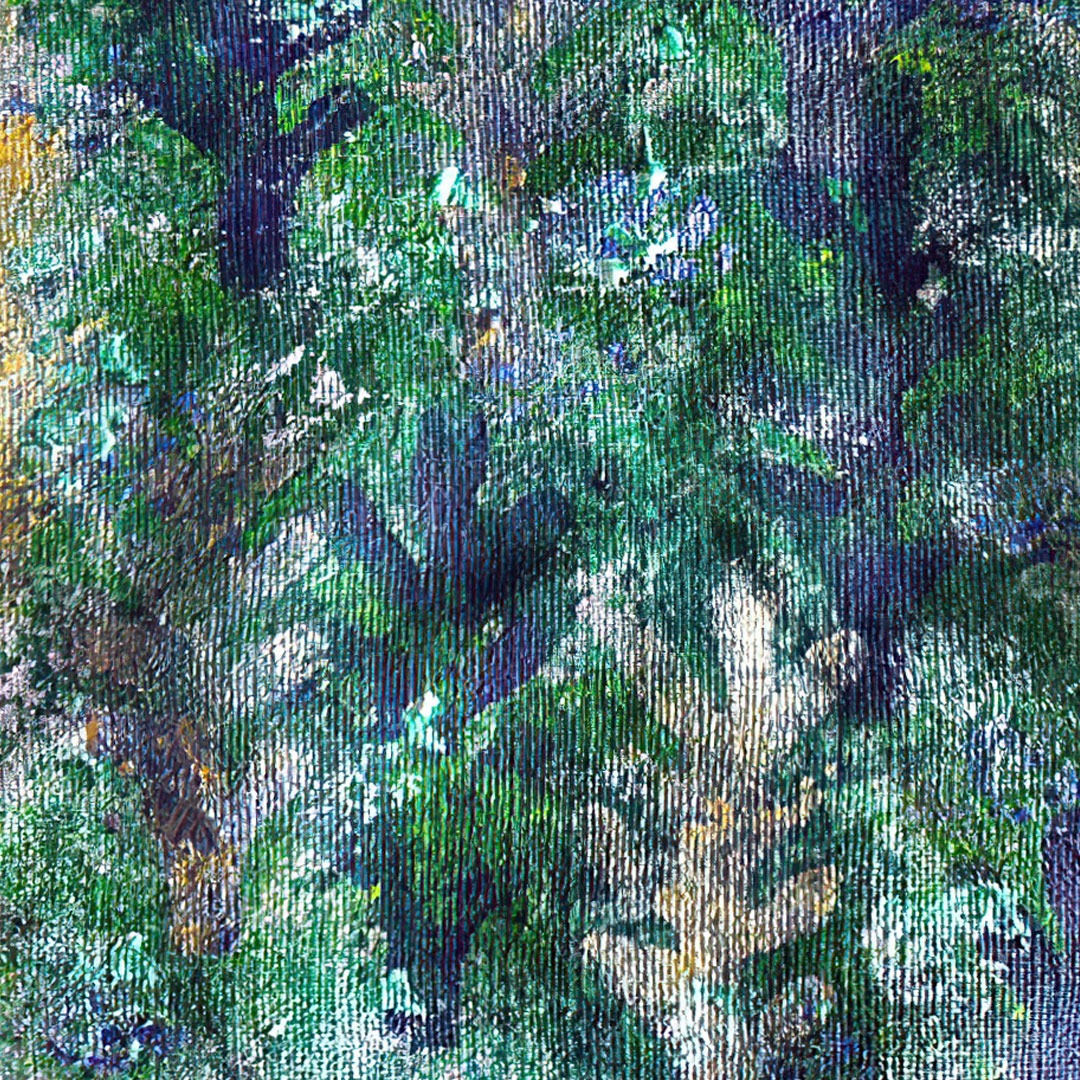
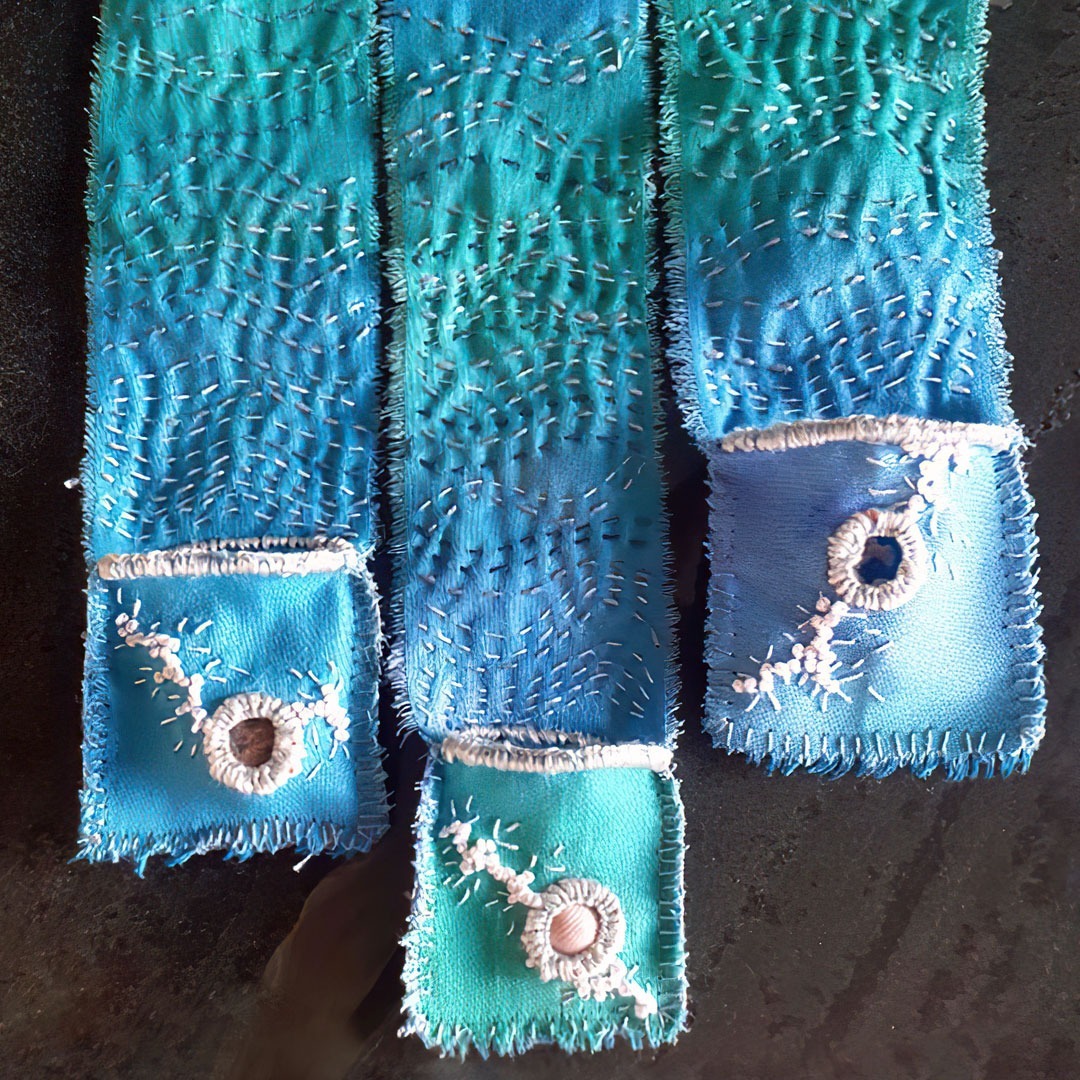
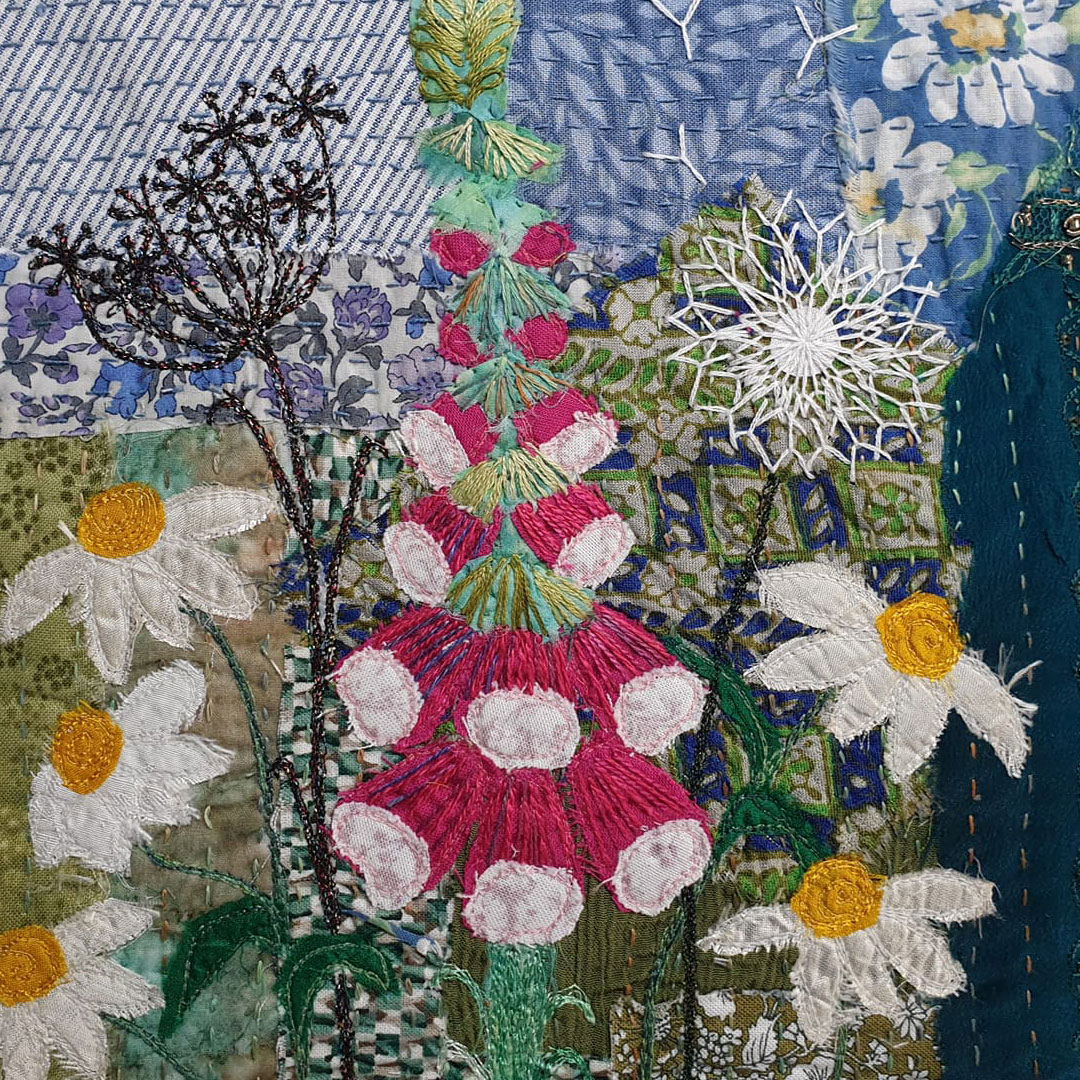
Stage 3: Expanding your creative horizons
Perhaps you’ve been stitching regularly for a while (maybe years!) and you can see where you want to go, but you have no idea how to get there.
Maybe you feel that you need to spread your creative wings but feel constrained.
Perhaps you have a feeling that you’re so near to finding a personal and unique style, but as you reach for it, it pulls further away.
It’s time to expand your horizons. Try:
Filling your toolbox
Finding your authentic voice means playing a lot of songs on a lot of different instruments. And this means building a wide base of core techniques, skills and textile art forms that will give you the artistic vocabulary to experiment confidently.
Does your voice sound more authentic with collage rather or weaving? Which hand stitch techniques sing to you? Do you prefer the whisper of black and white, or a whole carnival of noisy colour?
Pushing outside of your comfort zone and embracing techniques and processes that might not immediately appeal can offer answers. Continuous learning informs and expands your practice, and guides you to your true creative core.
Taking a different path
Sometimes changing things up can galvanise your practice. Do you usually veer towards landscapes? Try portraiture in stitch.
Is your normal work tiny, careful and measured? Go large, loud and free.
Embrace the influence of teachers and stitch artists whose work you admire – and examine work you don’t.
Stage 4: Going within
When you can confidently use a wide range of basic skills, you’ll definitely be nearer identifying your own unique voice. Many travellers on the stitcher’s journey are happy to stay at this point and play, but if you want to go deeper, it’s time to try out deliberate practice.
Deliberate practice is a system that’s purposeful, focussed and reflective.
Professional musicians do it to improve their performance. World-renowned artists do it to hone their responses to the world.
Deliberate practice will deepen your process. You’ll make choices and test them, break rules in a considered way and reflect on the result.
Deliberate practice asks “What if?” and then answers that question fully. It’s important to keep track of your ideas and reflections and there are so many tools that can help you. Try:
- Sketchbooking
- Sampling
- Mindmapping
One way to kick off the process is to schedule time to watch, learn and reflect from workshops and videos. Reflect on what you discover from them, and what you’d do differently.
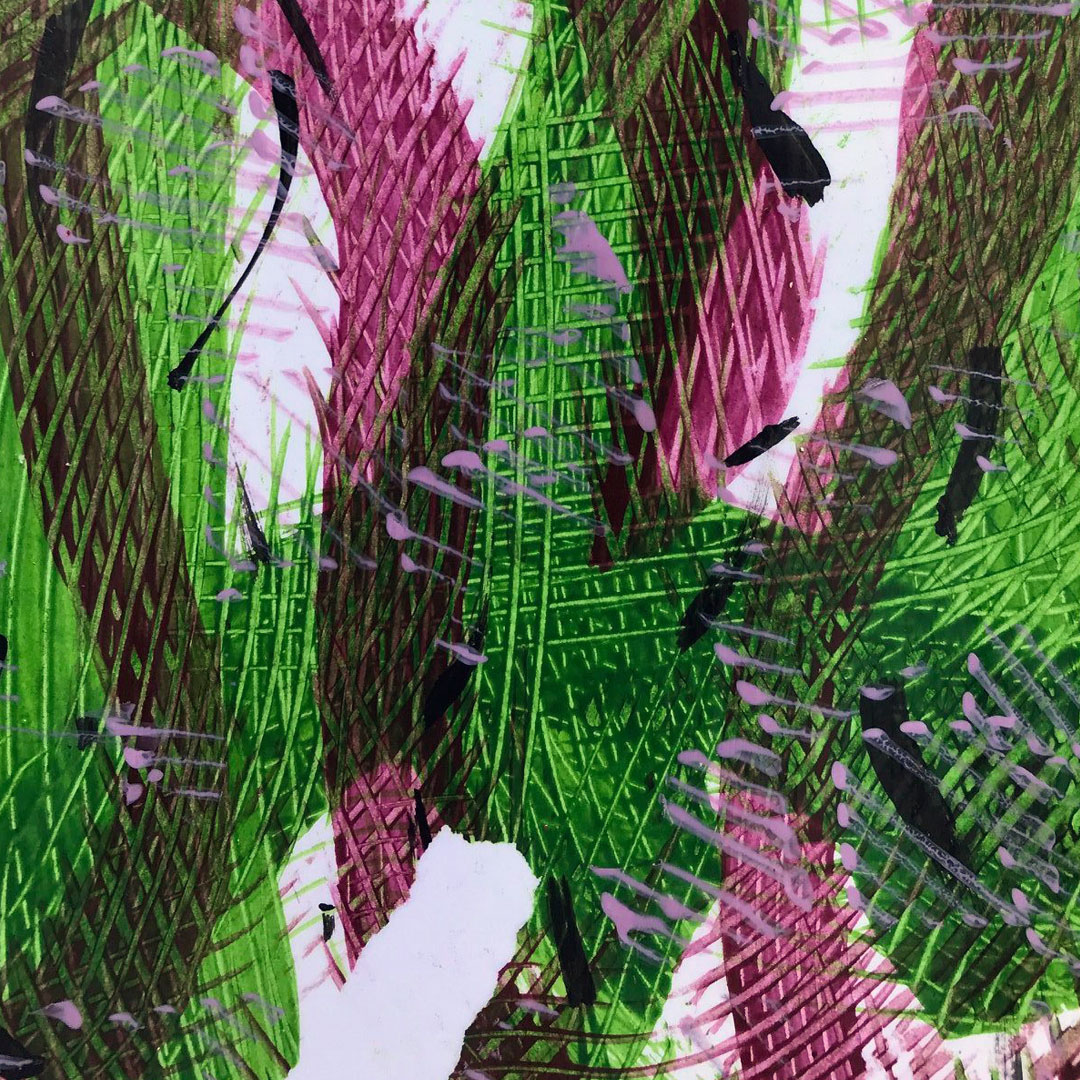
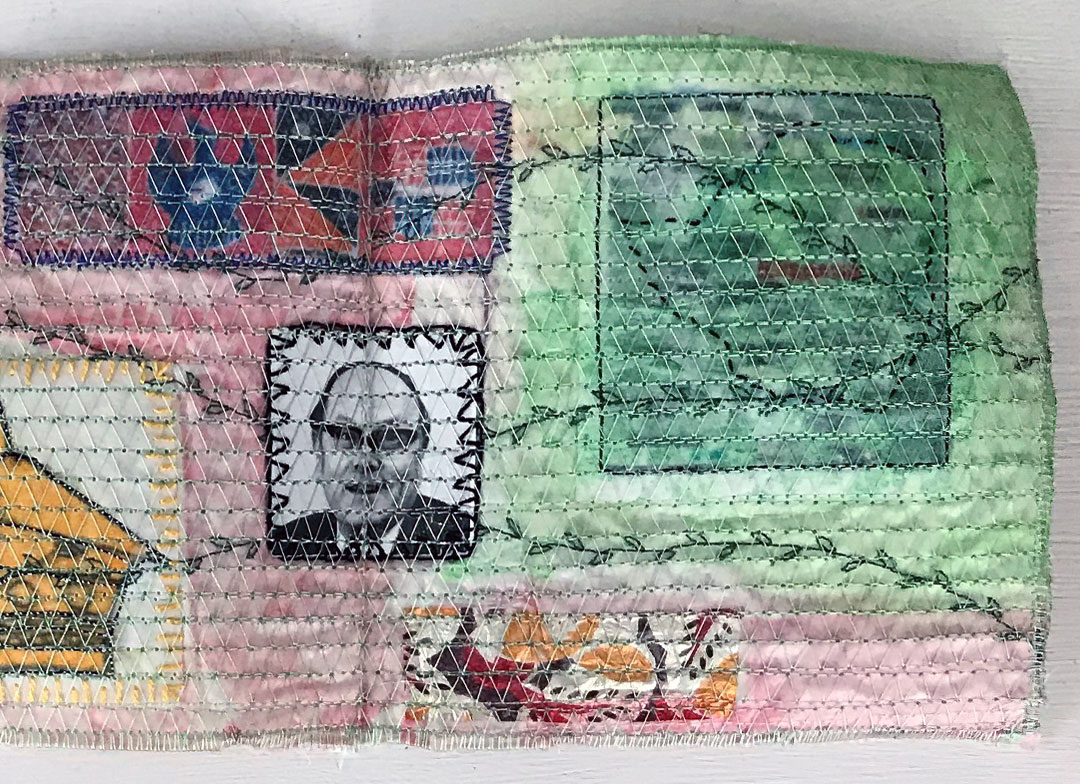
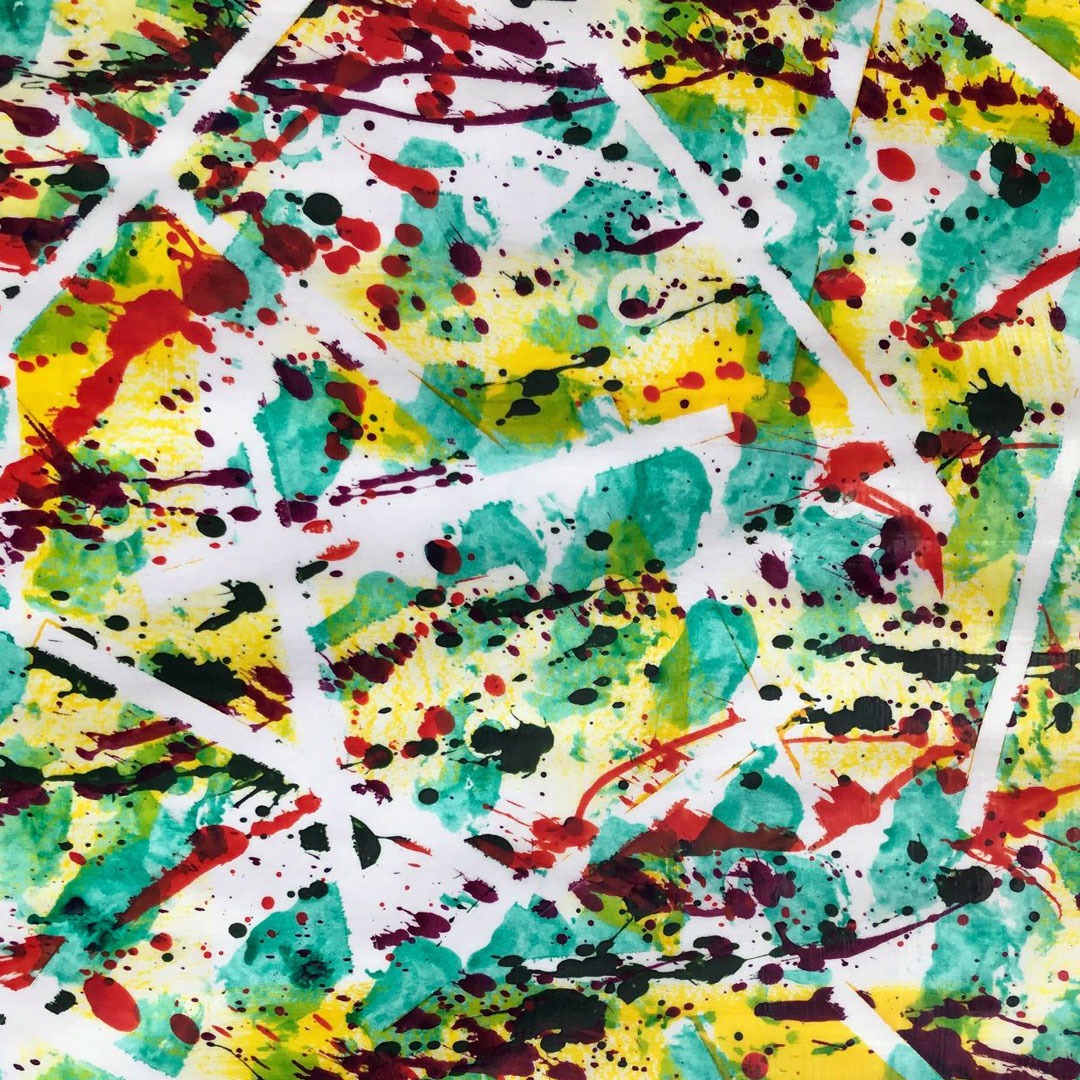
Stage 5: Making it personal
The more you practice, the more you’ll feel at ease with your techniques, and more confident about your direction.
Your personal voice will grow stronger and surer. You’ll realise that you don’t need anyone’s permission to experiment. You’re happy to incorporate multiple techniques and forms into your work.
It’s at this stage that you may feel a pull from one particular technique, or from a mix of techniques and art forms that you’ve blended from your creative toolbox.
Now is the time to push the boundaries of what feels right to you, paring down your choices and deep diving into your chosen techniques.
Maybe you want to stitch in 3D, or create multi-media collages, or, like textile artist Sue Stone, use just a handful of simple stitches to express yourself. You may discover that your unique voice sings most purely through traditional folk embroidery, or digital print, or slicing and re-sewing thrift shop tea-towels.
“I discovered I do have a unique voice, that I do have a vision, even a (somewhat fuzzy) goal, and that I can self-identify as a textile artist. “
Christine Peterson, TextileArtist.org Stitch Club member
Rachael lives in an isolated community in the UK and felt that she was technically skilled at embroidery but hadn’t developed her unique voice. She says:
“When I was exposed to a range of teaching and learning online, I discovered that I have a voice and a distinctive stitch footprint.”
It’s an exciting time. But it takes a lot of energy to make your work personal. Take the time to keep connected to play and experimentation (even alongside a more focused approach), stay open to inspiration from other stitchers and teachers. And continue to sculpt what you learn to articulate what you want to say and how you want to say it.
Stage 6: Returning to play
If you’re an established maker and you’ve put in the time and practice to create a body of work that sings with your own authentic voice, you’ve come a very long way on your journey. That’s an amazing achievement.
But every so often even the most experienced textile artists get stuck in a creative rut. Perhaps your process is beginning to stagnate and what you’re creating no longer excites you.
If your work is starting to feel repetitive, it’s time to shake it up and wake it up. It’s time to return to the beginner’s mind. To a place where you can give yourself permission to play, to loosen up, to explore abandoned techniques, to fail big and better, to make a mess. A place to ignore your inner critic, and be led by your inner child.
Jane was an experienced stitcher with extensive training and had even taught embroidery – however there was something lacking:
“I was technically skilled but I didn’t know how to express myself. But a free stitch experiment was the start of me spreading my wings. It reignited my creative flame. I’m not a risk taker but now I tell myself what’s the worst thing that will happen if I use that fabric or this thread?
I’m now playing with materials I bought 30 years ago! I should like to spend more time being expressive – perhaps dancing round the garden with a paintbrush!”
You may find that, by playing, you’re drawn to a change in creative direction, or to new combinations of your established style, that sings a different song.
Start here. Start now.
So where are you on your stitcher’s journey? It’s not always a linear path. Perhaps you recognise a combination of the joys and challenges we’ve explored?
But figuring out what you’re enjoying and what’s holding you back no matter what stage you’re at can help you decide on your next steps.
Good luck!
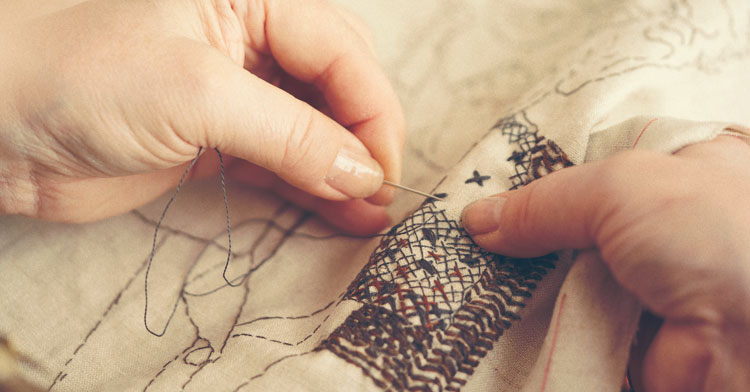

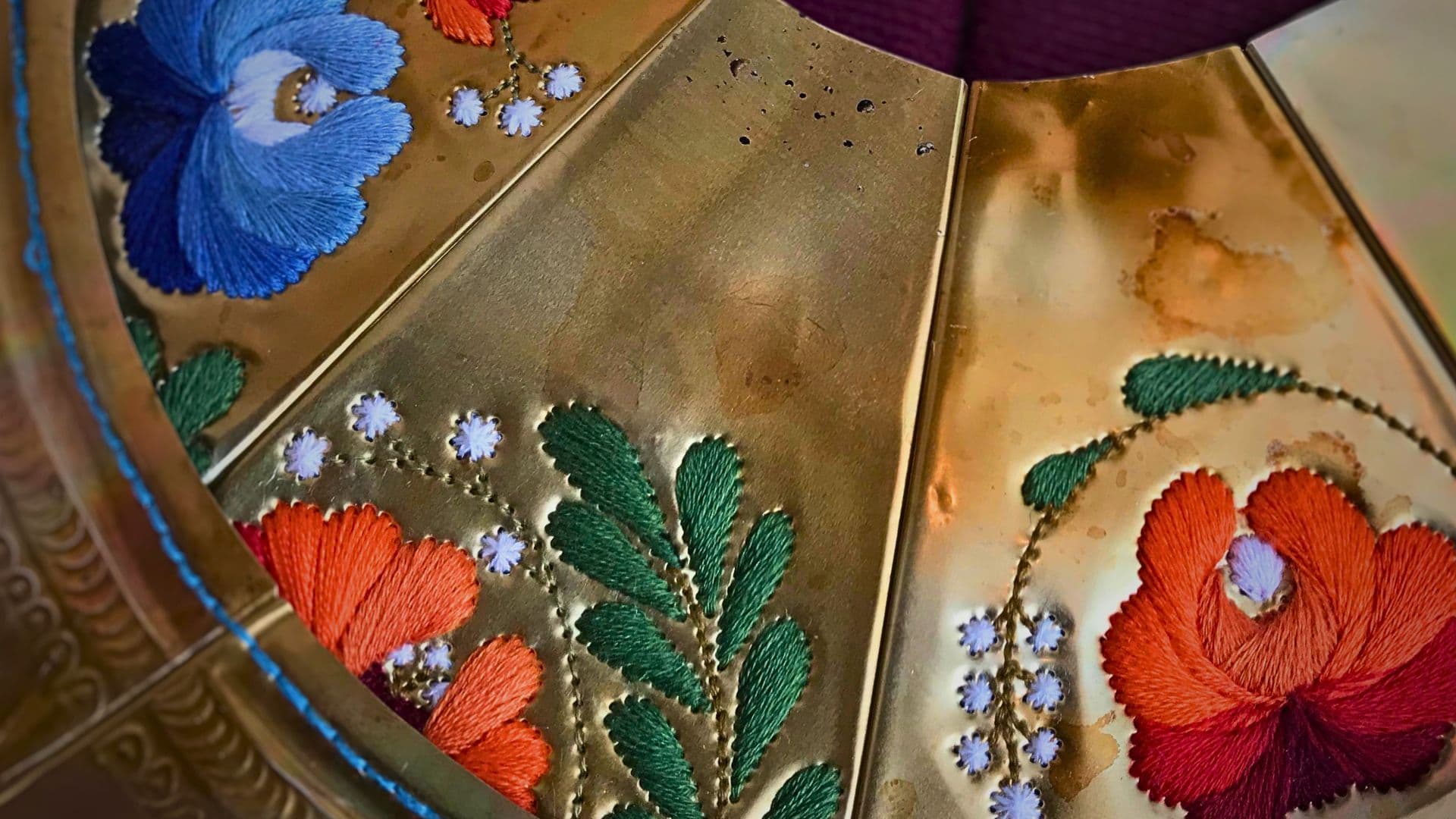
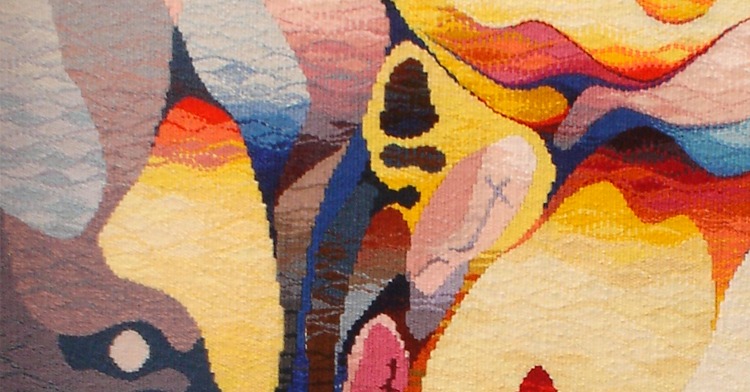
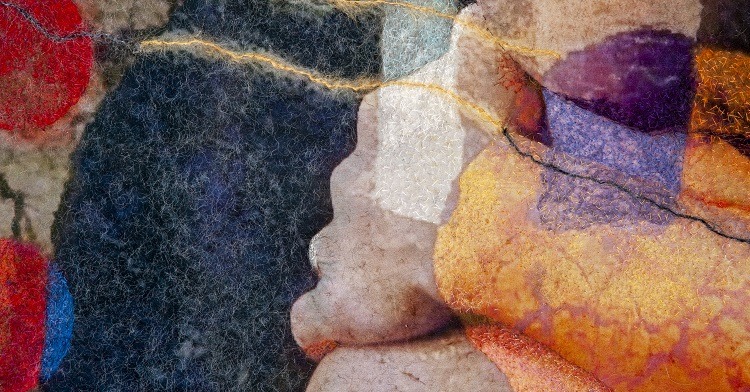

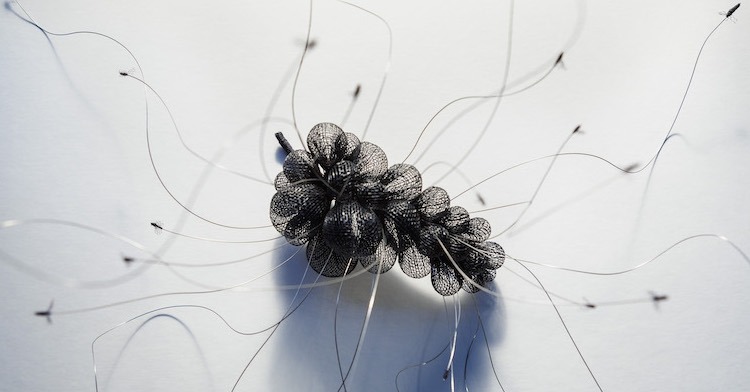
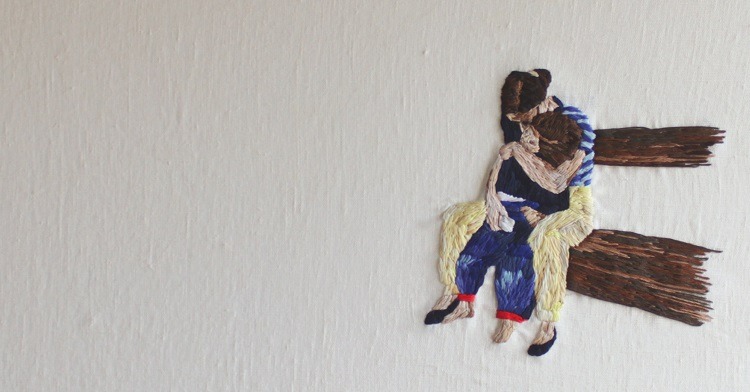
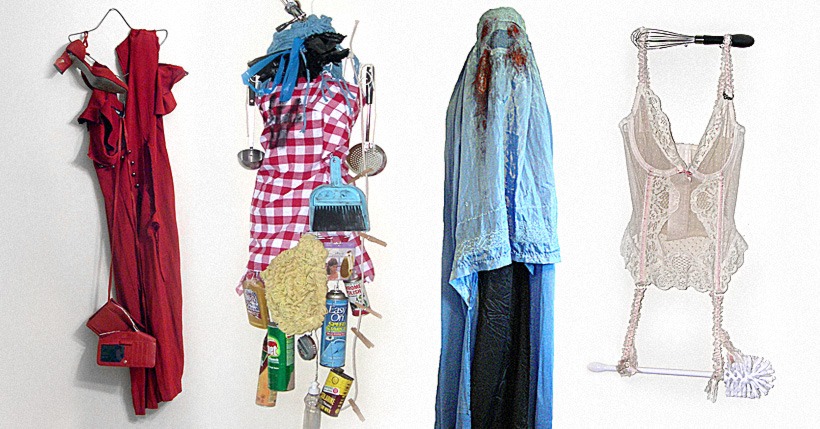
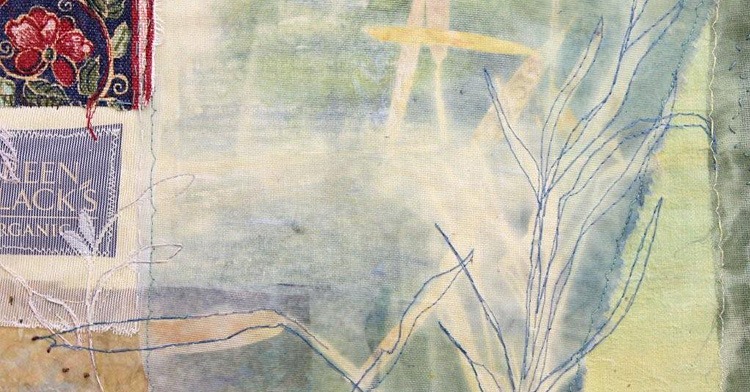
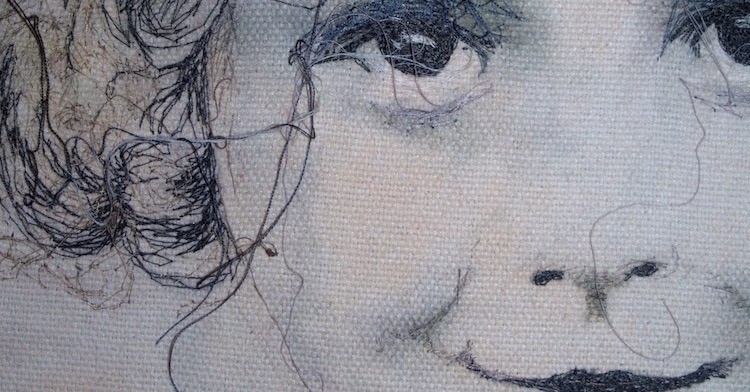
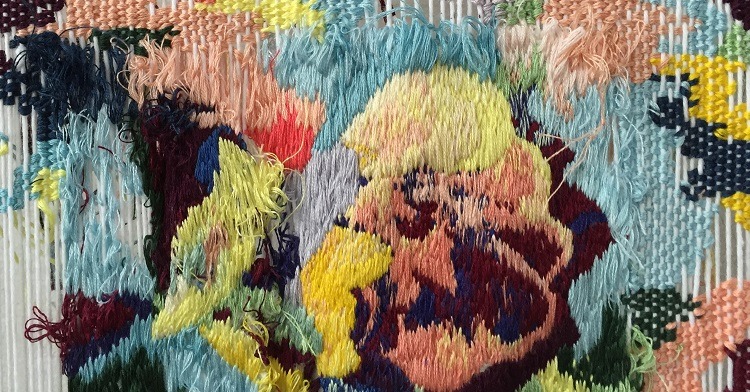
3 comments
sonja
Louise, your words are not just about stitching … they reflect an invitation to Life: pick up the needle, look the eye squarely in the face, and thread it … start stitching … thank you
Sue Coady
Very encouraging thank you
Lotte Starck
Right, It’s definately not always a linear path. Some weeks ago, I saw a pincushion in a secondhand shop – handmade embroidery in a charming form with 8 happy colours and definately the largest pincushion I’ve ever seen. It became mine and has become the trail of a new perspective. It’s intertaining in the form because it inspires to both visual joy, use and … construction. Like finding a new platform for artistic needlework – thanks!